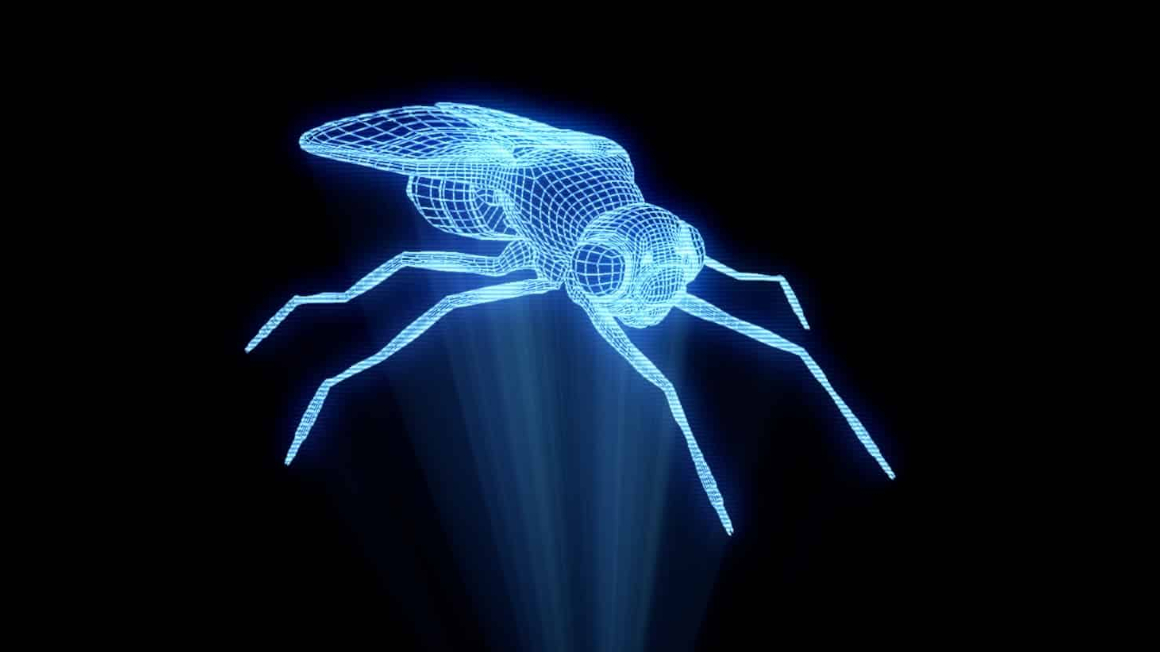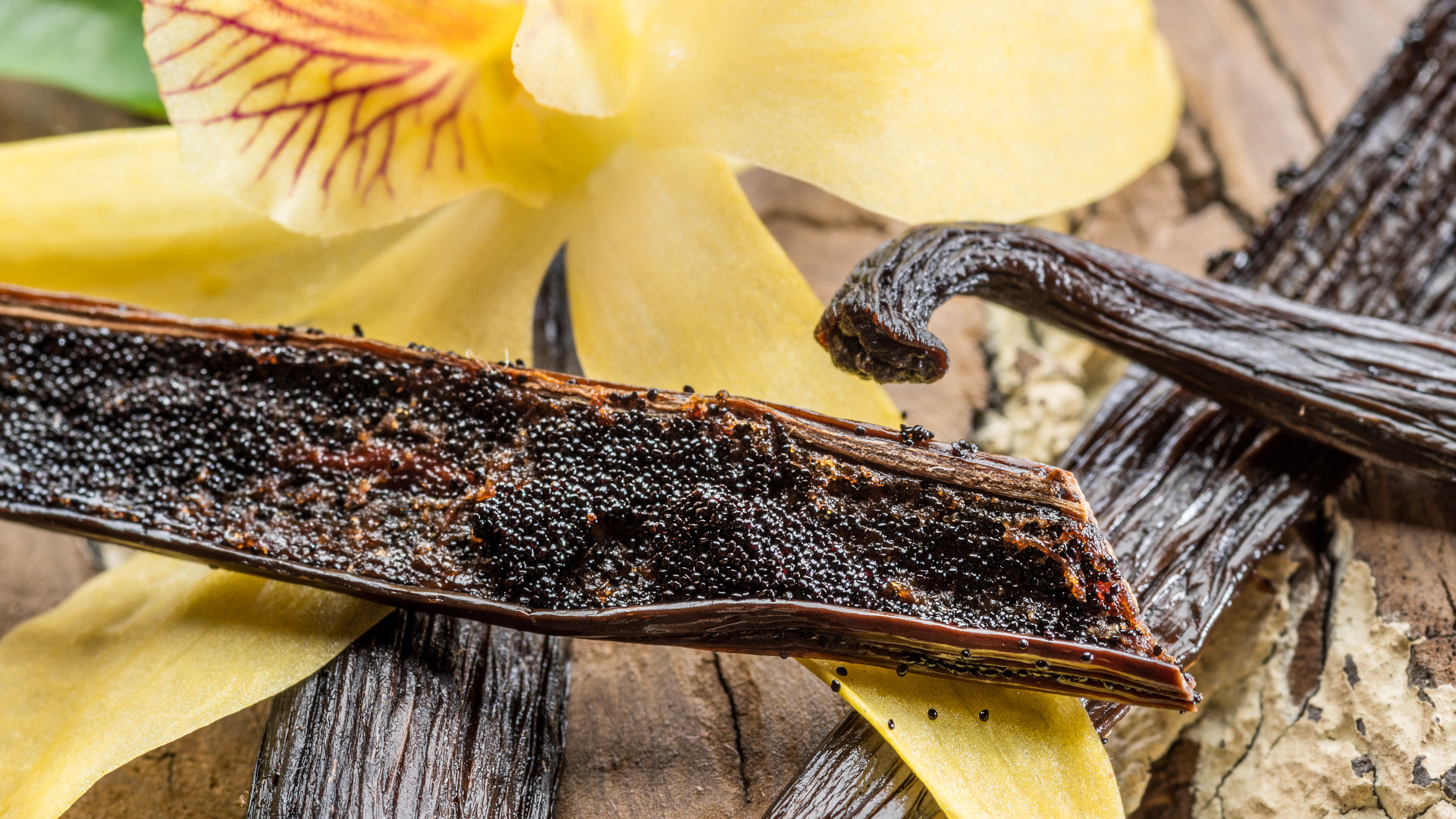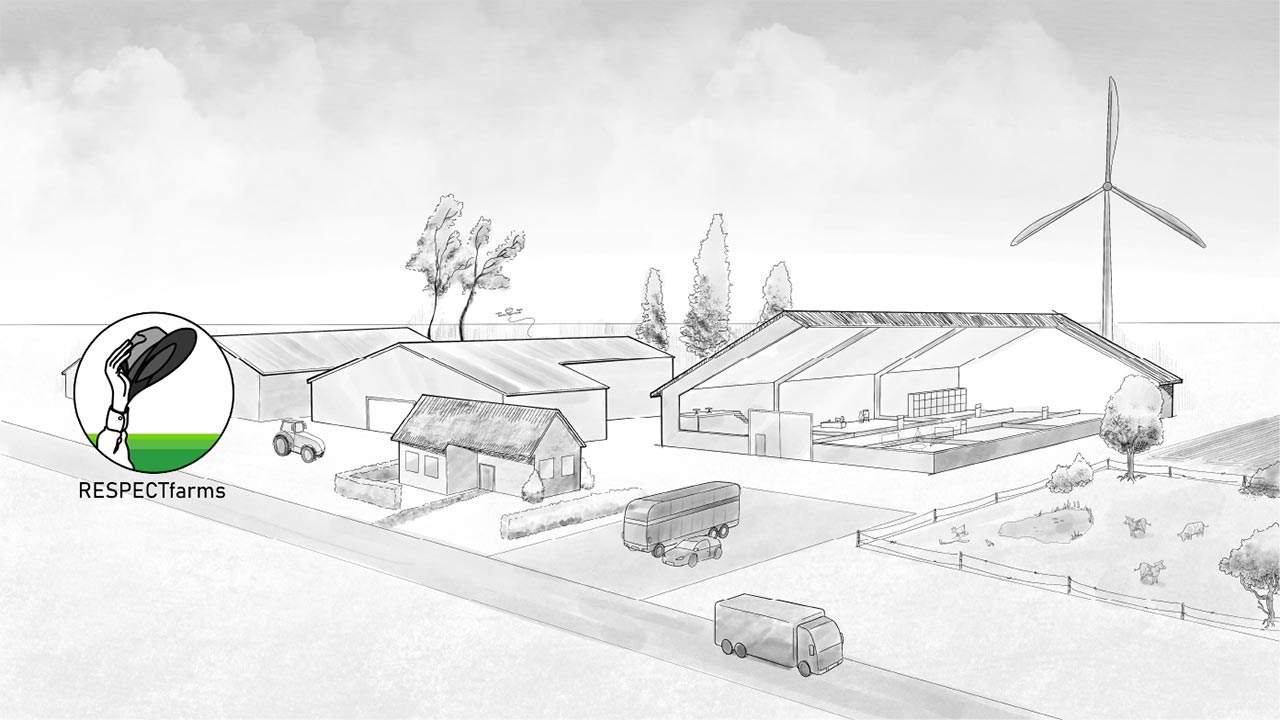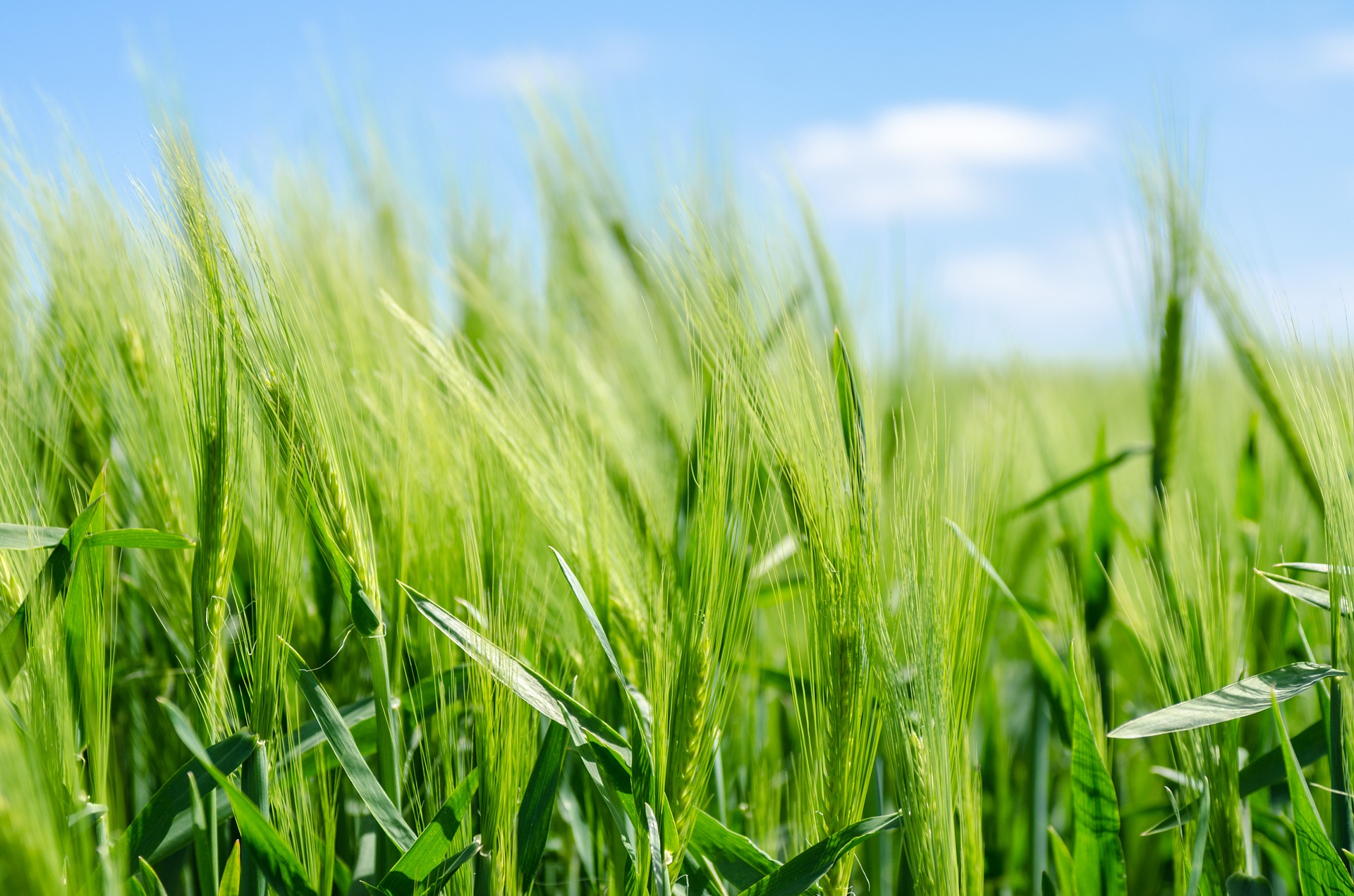Sustainable insect farming with AI
Researchers at the August-Wilhelm Scheer Institute want to make the breeding of insects more efficient, resource-saving and comprehensible by expanding the InsectAI technology platform.

In many parts of the world, people already eat insects. They are full of high-quality proteins and are easy to breed in large quantities while conserving resources, as they feed on organic waste. Insects can therefore make an important contribution to feeding the world and at the same time protect resources and the environment. Despite its enormous potential, insect farming is still associated with high process costs and an equally high consumption of resources.
Insect breeding technology is being expanded
With InsectAI, researchers from the Center for Digital GreenTech at the August-Wilhelm Scheer Institute have developed a digital solution for automated and sustainable insect breeding. The method combines state-of-the-art image recognition, artificial intelligence and digital platform technologies to make insect breeding processes more efficient, resource-saving and traceable.
The researchers now want to expand and improve the technology platform in a targeted manner and scale it up for practical use. “We are consistently developing InsectAI further - with a focus on automation, data quality and integration into digital ecosystems,” explains Ellen Goel, Head of the Center for Digital GreenTech.
Using AI-based algorithms to precisely record insect larvae
One uncertainty factor in insect breeding is that the number of insect larvae per egg varies greatly, leading to inaccuracies when calculating feed requirements. The researchers therefore aim to automatically detect and count the larvae immediately after hatching in order to ensure optimized further processing and use as well as to reduce the consumption of resources. InsektAI uses AI-based algorithms for precise larval detection.
According to the researchers, the technology is based on a modular model consisting of three central components that can be used individually or in combination: automated larval counting, real-time monitoring of insect populations and acoustic analysis for behavioral monitoring of insect populations. “In this way, InsectAI creates a networked, data-driven basis for sustainable insect production and strengthens the circular economy,” writes the project team.
bb


